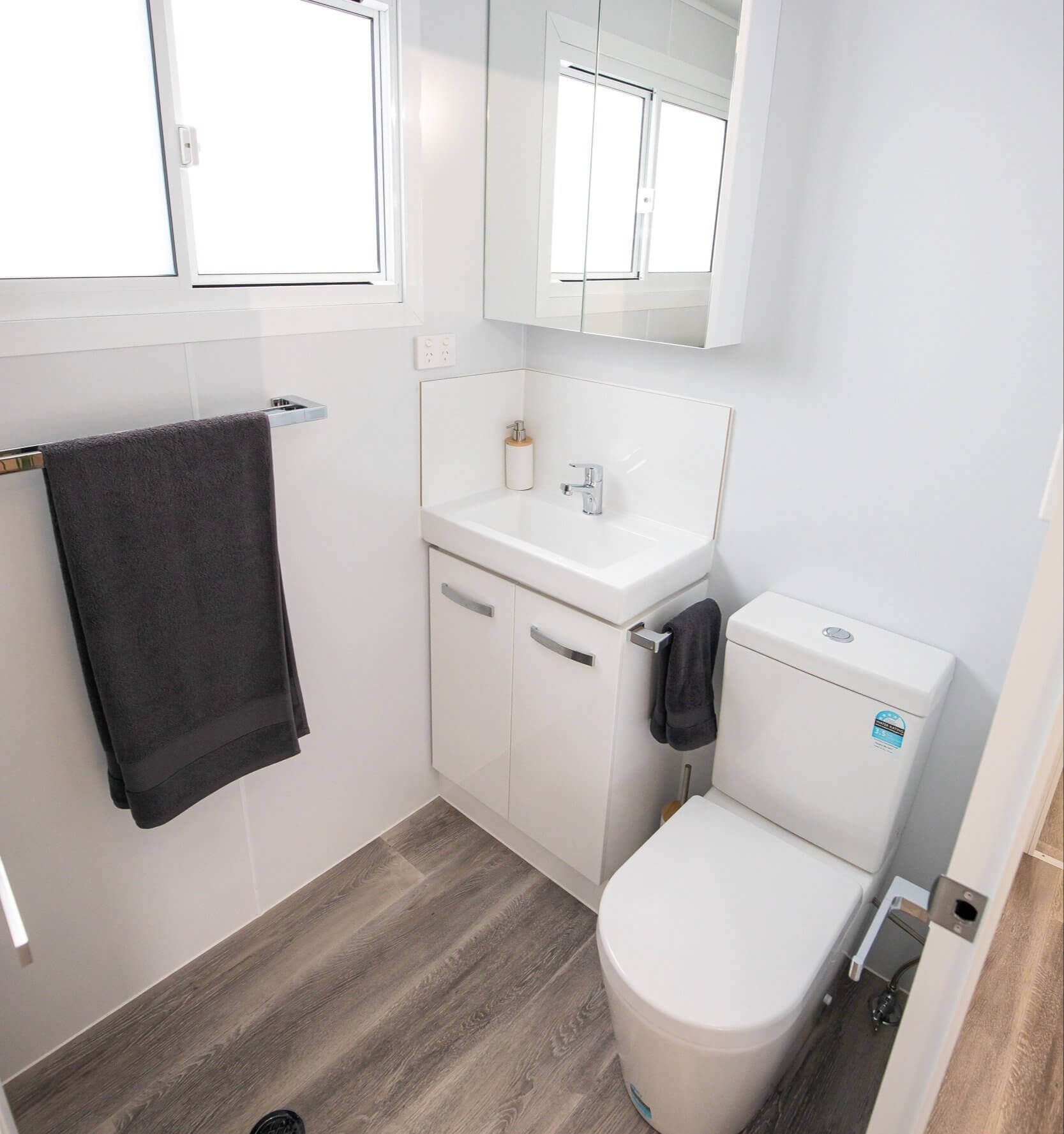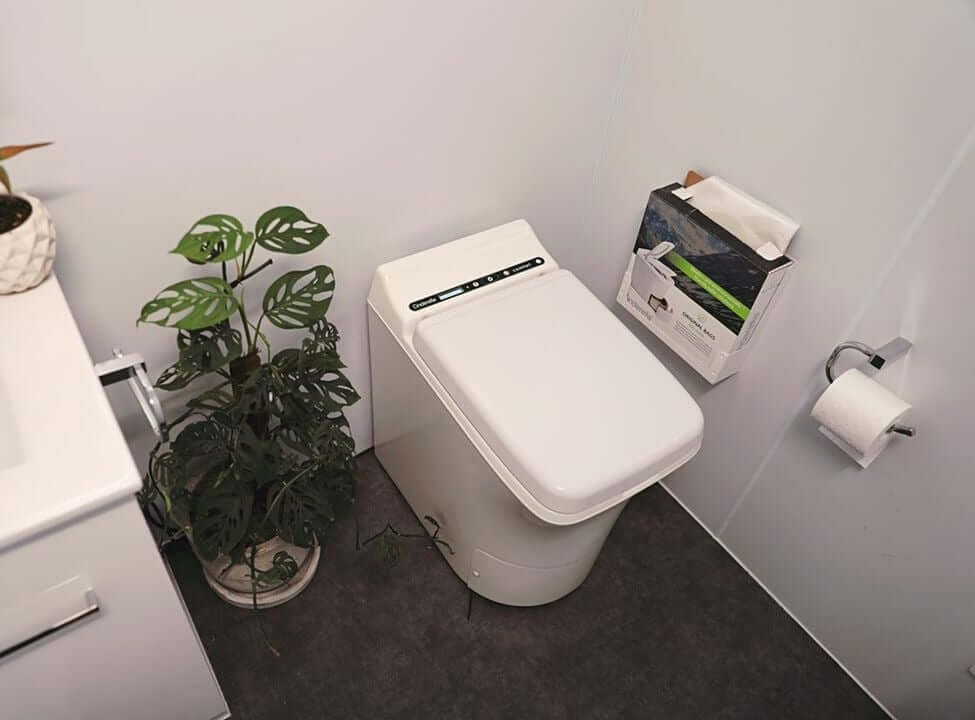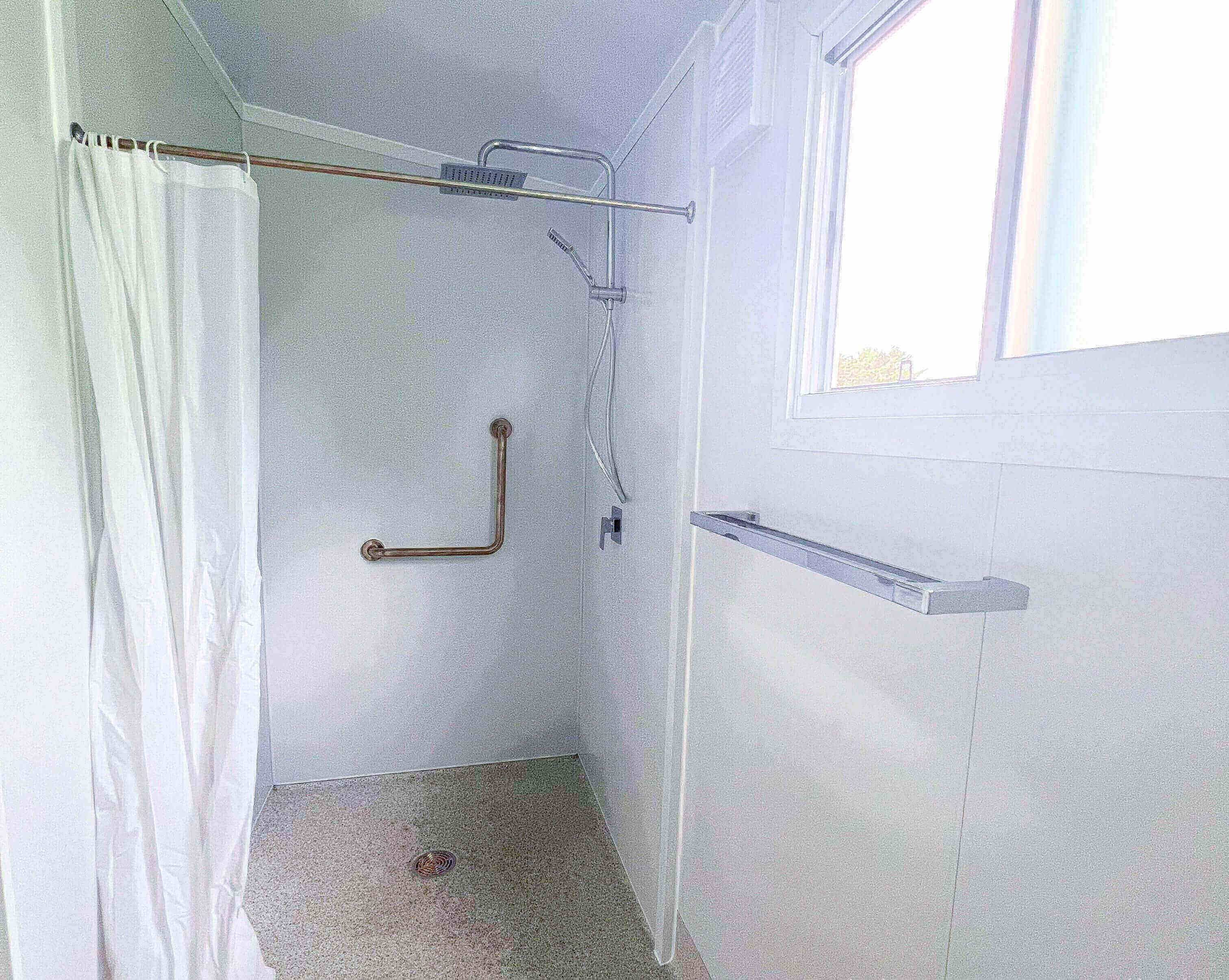Common Questions About Our Bathrooms
After introducing the VanHome concept to Australia, many people have embraced this style of living. But since a VanHome is slightly different from a traditional home, questions are expected to arise.
VanHomes are designed to be fully-functioning homes for their future owners. Our team has developed and tweaked bathroom fixtures and fittings over the years so the owners and occupants can use them efficiently.
We’ve compiled the common questions about the bathrooms in our VanHomes. You will likely find the answer to your question below.
See the most common questions below about bathrooms in VanHomes:
Are your VanHome’s completely fitted with a bathroom?
Clients can get a completely fitted bathroom upon turnover of the finished build. You can choose from several options based on your budget and needs. If required, you can decide not to have a bathroom installed in your VanHome or have it installed by your plumber onsite after your VanHome is delivered if you are seeking something out of our range of designs.
One of our team members will show you the options and help you make the final decisions that best fit your needs - this is part of the standard process.

How can you connect the bathroom to a suitable waste system?
You have two options here: via sewer or septic tank. A licensed plumber must make connection of your VanHomes to a sewer system. Suppose the connection to an onsite sewer system is not possible for the toilet waste. You can have an eco-friendly, self-composting toilet or incinerating toilet installed separately to connect with your VanHome.
We can fit the internal unit if you wish to have a self-composting toilet or incinerating toilet installed with your VanHome. However, we do not supply this, so our clients buy them separately from the supplier, and they will deliver it to our factory for us to fit.
To ensure everything goes smoothly, we’ll be in close contact with you and the supplier about dates to help limit downtime as much as possible.
Some self-composting toilets have external tanks placed in the ground next to the VanHome. This external unit is usually installed by the tank supplier you purchase it from or the local plumber after your VanHome is delivered and set up.
What’s the difference between a composting and an incinerating toilet?
The significant difference is how each unit handles the waste it collects.
A composting toilet is made with a toilet basin and collection tank unit. The tank unit is where the waste goes into to compost over some time.
The tank unit is part of the toilet basin for smaller capacity toilets. But for larger capacities, the toilet basin is connected to an external waste collection tank unit. The tank unit is built with a fan that helps dry up and decompose the waste over time. The waste can be disposed of or used for gardening. Depending on the size and the number of people using the toilet, emptying the tank is done weekly or monthly.
In comparison, an incinerating toilet burns the waste as soon as it is collected in the waste tank. The toilet comes with a paper liner that is dropped and the waste into a burner. The high heat leaves the sterile ash at the bottom of the toilet chamber for easy and quick disposal. These toilets use no water but instead have paper liners that keep the toilet bowl clean.
We don’t sell these types of toilets. However, depending on the model, we can fit them in our factory or deliver VanHomes ready for installation by a provider.

Can you install Grab-Rails in the bathroom?
Yes. You need to advise us if you want them to be included. It is a common inclusion with our VanHomes and is a great safety feature for the occupants who may need the support now or in years to come. They can be fitted next to the toilet and/or in the shower.
You can also choose to adjust the shower hob height in your bathroom. It can be set to as low as 75mm in height to accommodate customers with mobility difficulties.

If you have any other questions, feel free to contact our team, and we will be happy to address any questions or concerns you might have.

